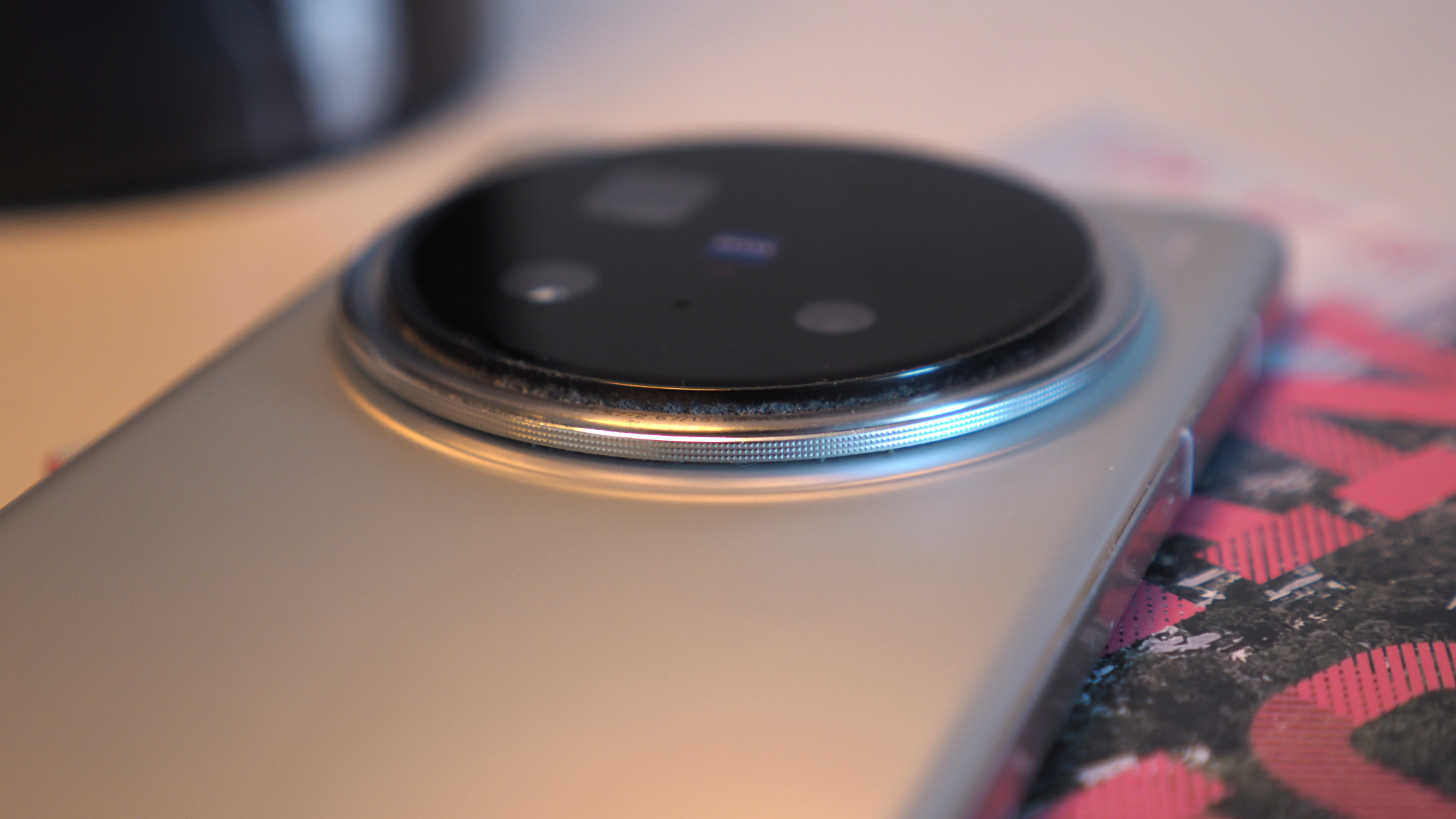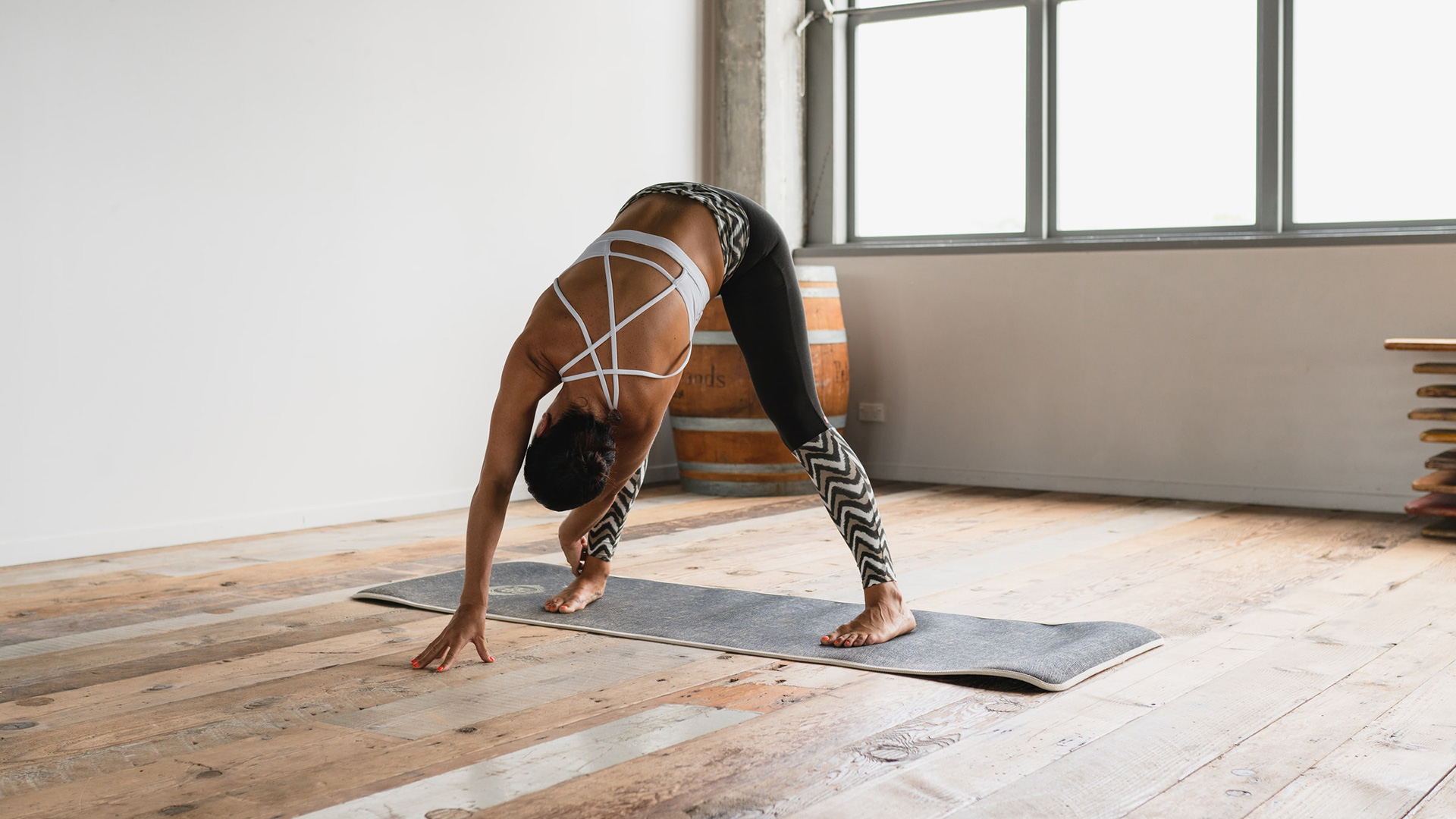
Looking for the best mat for hot yoga? We're here to help. When it comes to choosing a yoga mat, the choices are seemingly endless. There are plastic PVC mats, eco-friendly natural rubber mats, cork mats and mats that have a polyurethane top layer. But some mats will be better for hot yoga than others.
For hot yoga, you need a mat that's going to retain its grip when wet, so you're not slipping all over the place as soon as you start to get a sweat on. It also needs to be relatively easy to clean – a mat that's harbouring months' worth of sweat isn't ideal from a hygiene point of view.
In our best yoga mats guide, you'll find a range of picks for any type of practice. Read on for some guidelines on what to look for in the best mat for hot yoga, and how to keep your purchase grippy and pleasant-smelling for many practices to come.
- Complete your kit with a pair of the best yoga pants to buy now
What should I look for in a hot yoga mat?
The type of material your mat is made from will have a big impact your experience during a hot yoga class. Choosing the 'wrong' material will lead to a very disappointing and rather frustrating yoga experience. Hot yoga normally involves a reasonable amount of sweating so let's make this the focus for finding the best mat. We want the material of the yoga mat to stop us from slipping and sliding all over the place when holding a downward dog or a warrior pose, for example. Of course, if hot yoga involves a lot of sweat, it's also going to involve a lot of cleaning. The material of the mat needs to be easy to clean after each class.
What material is best for a hot yoga mat?
The key thing to focus on is what the mat is made from – don't be swayed by colours and designs here but look into the material details.
Our choice would be to go for a yoga mat with a polyurethane top layer as they provide the best grip and ultimately this is what's going to give you the best experience. These mats are unbelievably slip-free and will give you the most grip even if you're sweating a lot in your hot yoga class.
Beneath this top layer is a natural rubber mat, making them relatively planet-friendly, but if that's a major concern you can also opt for an eco-alternative to the typical plastic polyurethane layer (like the one found on our #1 yoga mat at the moment, the Liforme yoga mat). These can be just as effective in terms of grip, and mean your whole mat is biodegradable once it's come to the end of its life.
Sign up to the T3 newsletter for smarter living straight to your inbox
Get all the latest news, reviews, deals and buying guides on gorgeous tech, home and active products from the T3 experts
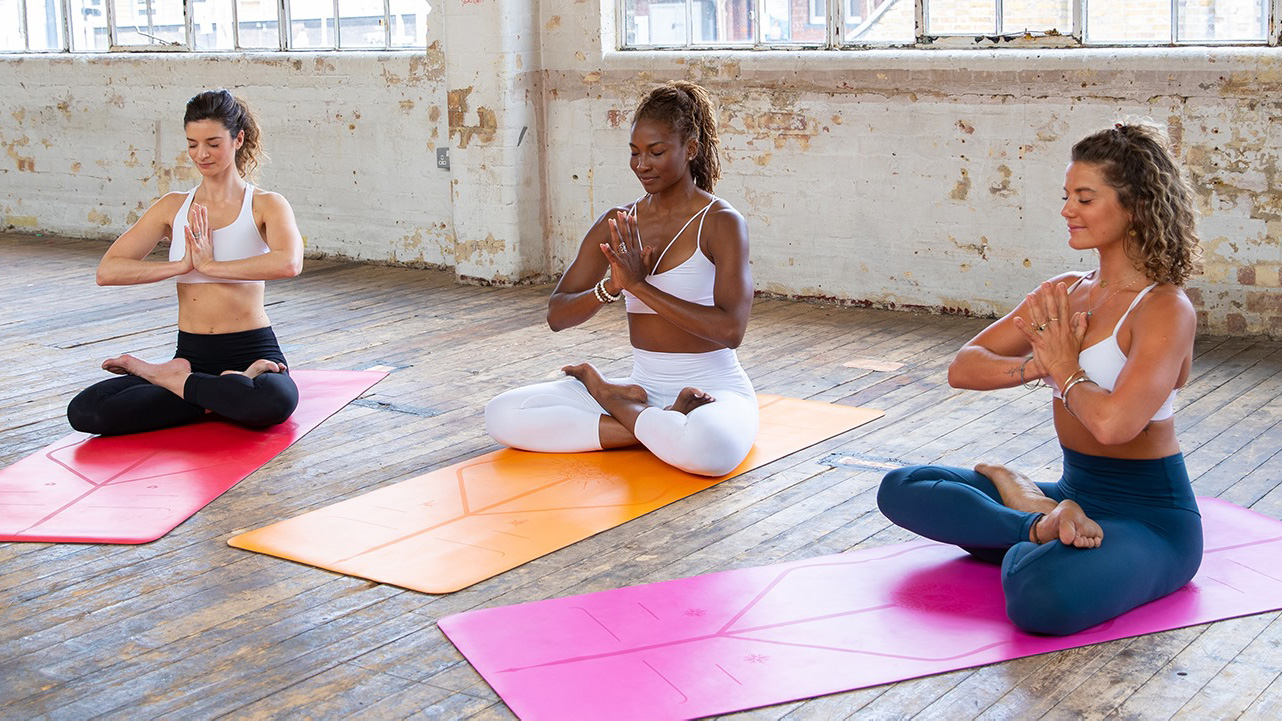
Rubber mats with a polyurethane top layer – like the Lifeorme shown here – provide the best grip
One downside is that moisture isn't good for these types of mats. They are porous so water and sweat can stain them. If you do perspire a lot, our choice would be to opt for a plastic PVC mat. Although not eco-friendly, sadly, they are super easy to clean.
While in our experience, they're not quite as grippy as a rubber mat with a polyurethane top layer, they'll still provide a decent surface to practise on (even when you're a bit sweaty). They also have the major benefit of being 'closed-cell structures', which means they don't absorb water. As a result, they're they much easier to clean effectively: you can wipe them down as and when you need to, without the moisture sinking deeper, and doing so won't affect their non-slip over the long term (the PVC mats we've used are all still grippy 8 years down the line!).
Another good eco-friendly alternative to consider would be a cork mat. These provide surprisingly strong grip, even when wet. Cork is also naturally anti-microbial and water-resistant – although on the mat we tried, we did find sweat left marks on the surface.
Finally we have natural rubber mats. These are eco-friendly and do offer sufficient non-slip qualities. However, over time, repeated contact with your hands and feet will gradually wear away certain spots on the mat. This isn't necessarily increased due to sweat, but just an issue with rubber mats in general. They are one big eraser! Although on the plus side, it does mean they don't need heavy cleaning, as the top surface is effectively being removed over time.
Keep your mat clean
If you are going to be perspiring a lot during your hot yoga class then it seems sensible to also look for a mat that you can keep clean easily. Different mats have different cleaning requirements, as detailed in our guide to how to clean your yoga mat. PVC mats are the easiest to clean and can even be placed in the washing machine! They can take a lot of water without it affecting the non-slip qualities of the mat and you can use oil sprays to keep them smelling fresh.
However, natural rubber mats and those with a polyurethane top layer (eco or otherwise) are a little more sensitive to a deep clean. They can't be placed in the washing machine. Instead, you can keep them clean by using a mild, soapy water spray and a towel. Spray the mat (not so it's soaked as remember, they are porous) and gently wipe it down with a towel. Avoid scrubbing these mats, especially the natural rubber mats, as they are not built to withstand this rigorous cleaning. Avoid using homemade oil sprays on these mats too as they can leave stains or interfere with the non-slip qualities.
Cork mats are naturally anti-bacterial and self-cleaning so theoretically they don't need cleaning after a hot yoga class. They also repel odours, so no bad smells should escape from these mats.

Is it worth trying a yoga towel for hot yoga?
Another option is to use a yoga towel (you'll find our top picks in our best yoga towel guide). These can help to keep your mat fresh and avoid the wear and tear of sweat, especially if you're investing in a pricey number. One thing to bear in mind is that they are not as grippy as the mat itself, and can bunch up as you move around on them, so you may need to work out whether grip or a fresh smelling mat is more important for your own practice.
Are expensive mats better for hot yoga?
We know it's tempting to buy a cheap mat and hope for the best but buying the 'wrong' mat can alter your experience of hot yoga when really it might not be the yoga that's the problem, but the mat.
If you buy a cheap mat it's less likely to last (although this isn't always the case). However, the reason it might be less likely to last for hot yoga could be one of three reasons; the material won't provide the required grip, the material will disintegrate from heavy wear and tear and/or excessive moisture or you will get rid of it because it's a frustration during your practice. The price tag associated with yoga mats are usually an indication of their ability to perform as a long-term investment. Our advice is to use the price as a guide alongside understanding what material would be best for you for hot yoga.
Kat has 10 years of yoga teaching experience with further training in supporting injured students. She is qualified to teach Yin Yoga, Hormone Yoga Therapy and more traditional forms of Hatha yoga. She also has a certificate as a Yoga Therapy Practitioner.
-
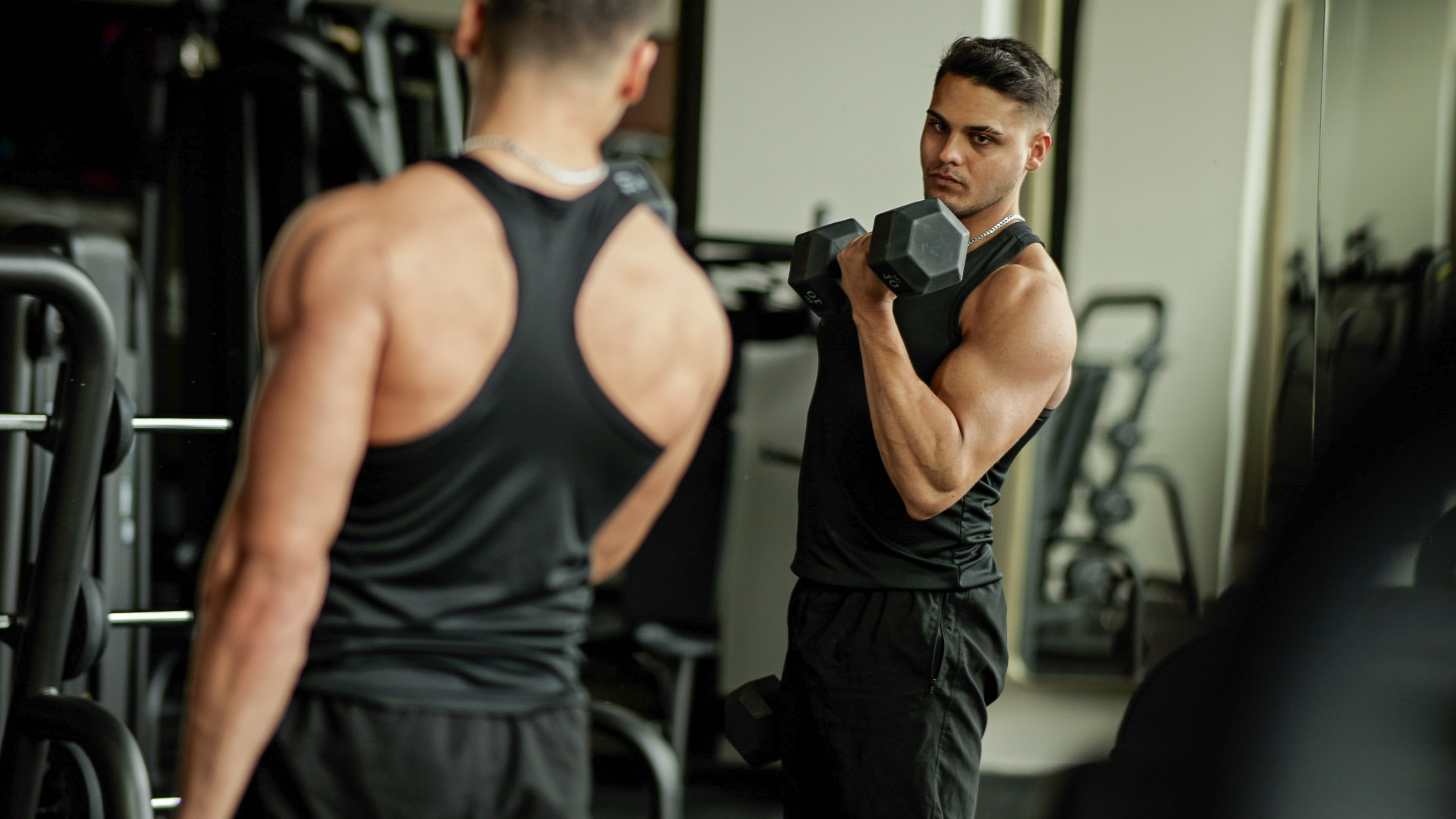 The best biceps exercise, according to science
The best biceps exercise, according to scienceHave you been training your biceps wrong this whole time?
By Lucy Miller Published
-
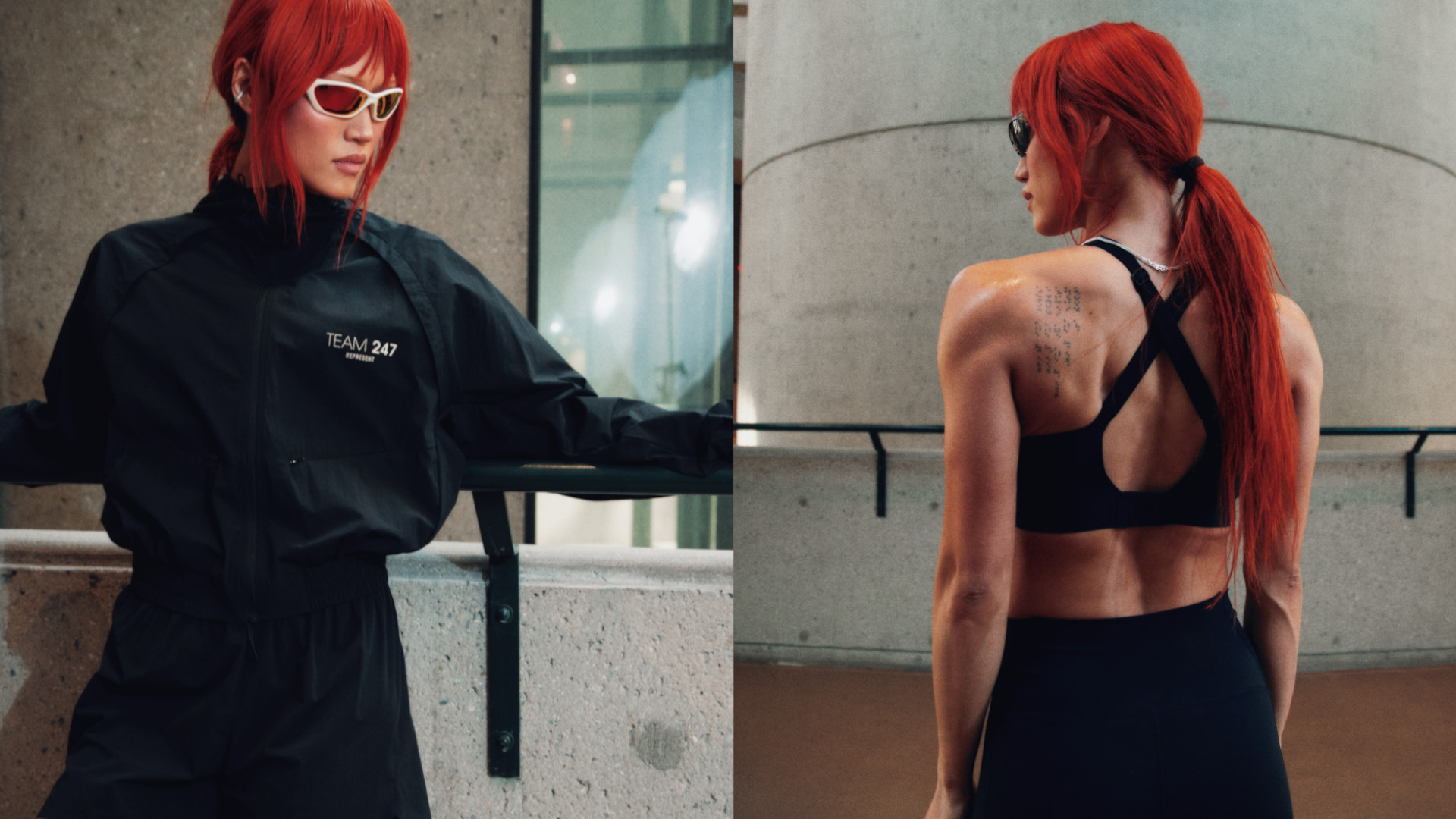 Finally! Represent 247 launches its first womenswear collection, taking you from street to gym in style
Finally! Represent 247 launches its first womenswear collection, taking you from street to gym in styleIt's about time guys
By Bryony Firth-Bernard Published
-
 3 chest exercises you’re probably not doing to supersize your pecs
3 chest exercises you’re probably not doing to supersize your pecsA killer pec pump awaits
By Bryony Firth-Bernard Published
-
 When’s the best time to take creatine?
When’s the best time to take creatine?The science-backed supplement is a must for building strength and muscle, but is there an optimal time to take it?
By Bryony Firth-Bernard Published
-
 Three overrated core exercises and what you should do instead
Three overrated core exercises and what you should do insteadA fitness expert says these exercises aren’t all they’re cracked up to be
By Bryony Firth-Bernard Published
-
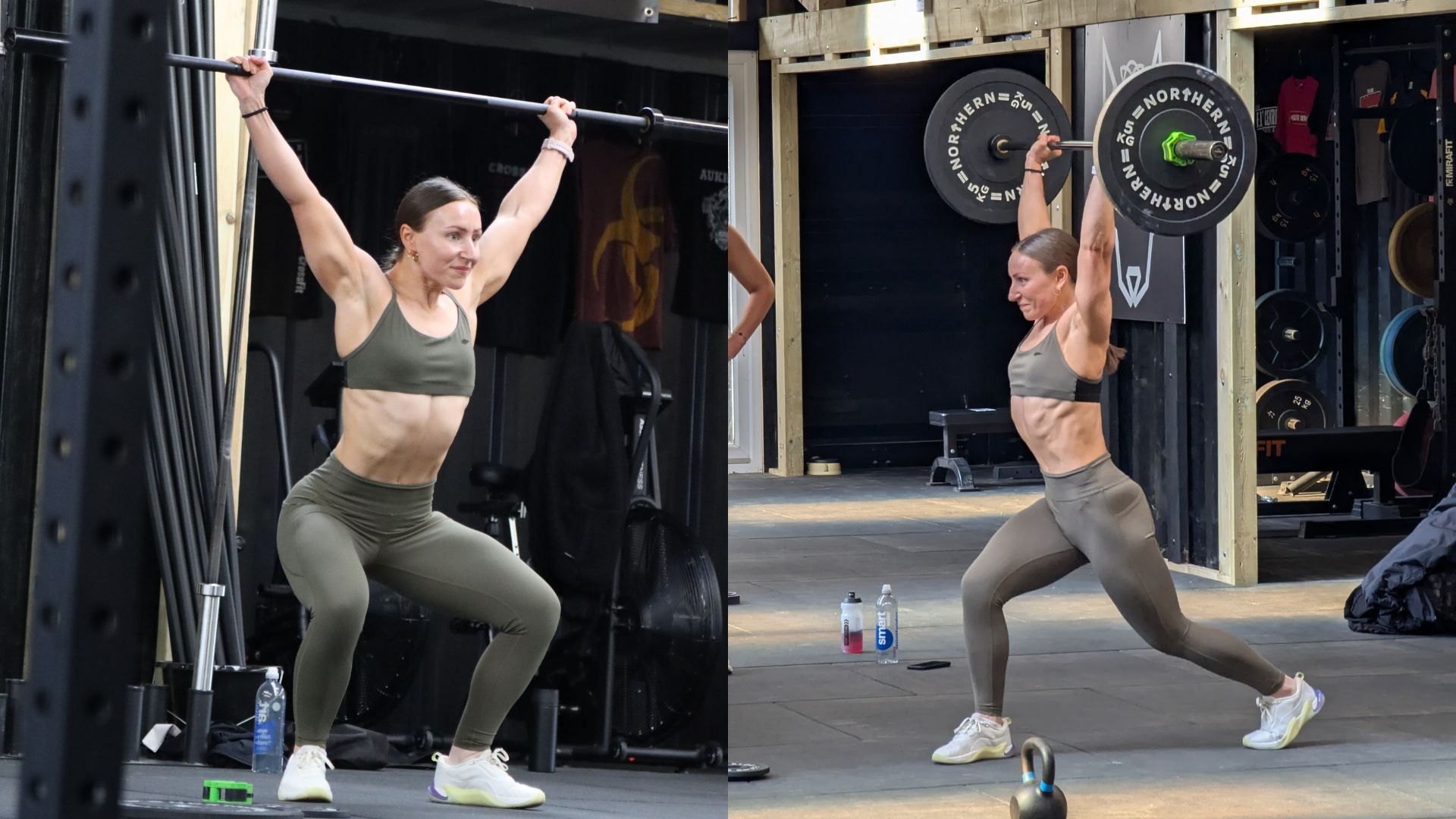 I tried Olympic weightlifting for the first time – here are three things it's taught me
I tried Olympic weightlifting for the first time – here are three things it's taught meBeing strong simply won't cut it
By Bryony Firth-Bernard Published
-
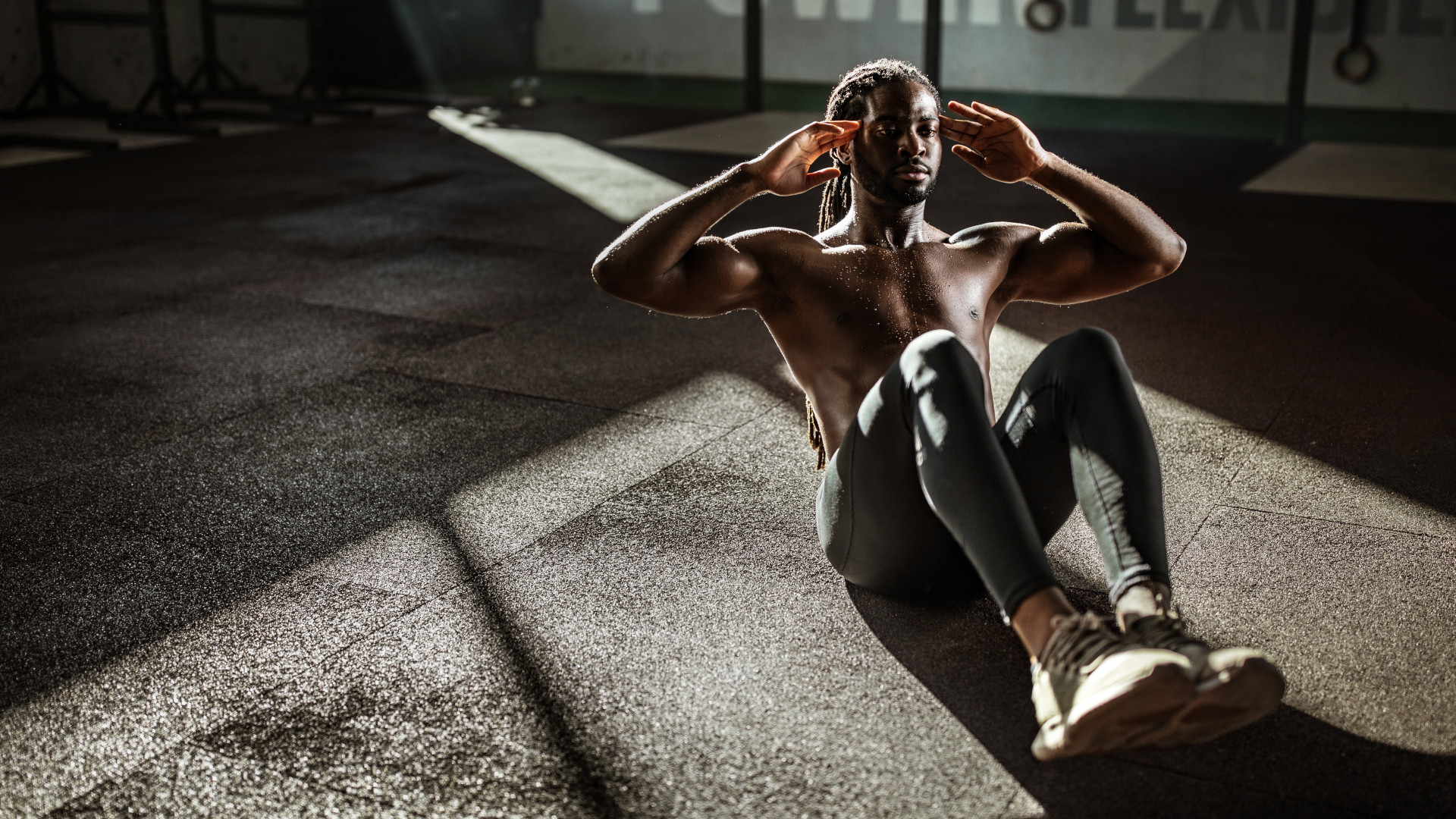 An exercise scientist ranks every ab exercise – and the worst one may surprise you
An exercise scientist ranks every ab exercise – and the worst one may surprise youFYI it’s not crunches or sit-ups
By Bryony Firth-Bernard Published
-
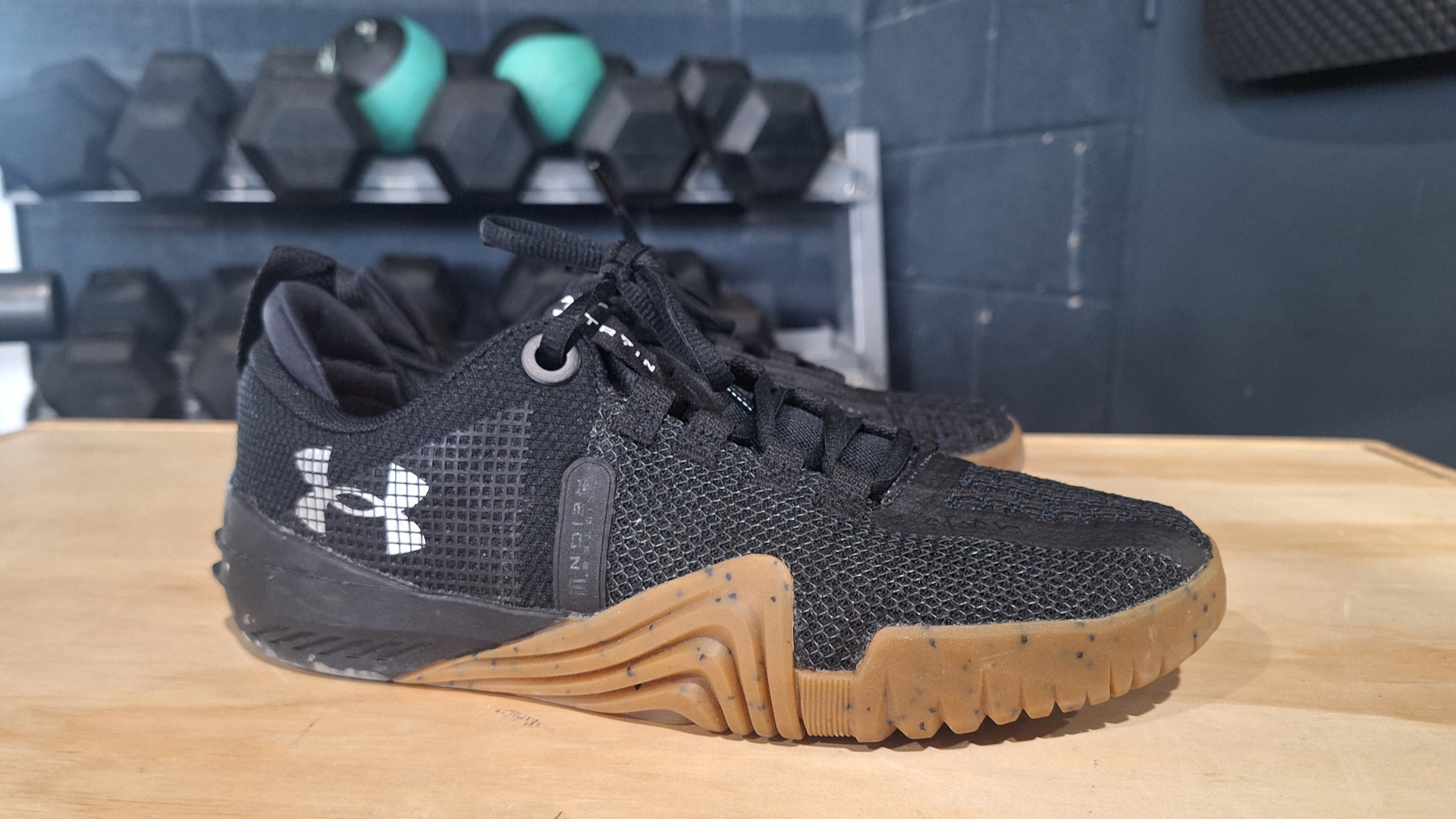 I didn't think Under Armour could improve its top-tier workout shoes – I was wrong
I didn't think Under Armour could improve its top-tier workout shoes – I was wrongThe TriBase Reign 6 has had a complete overhaul, with a flatter sole, improved flexibility and a brand-new look
By Bryony Firth-Bernard Published

